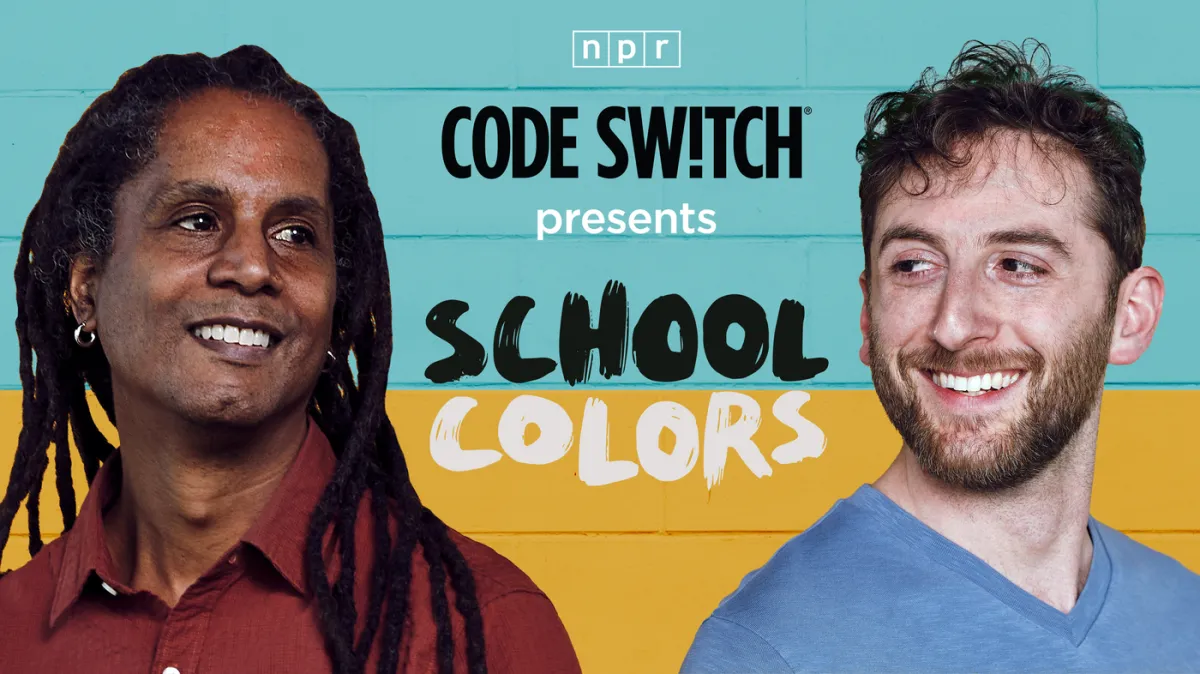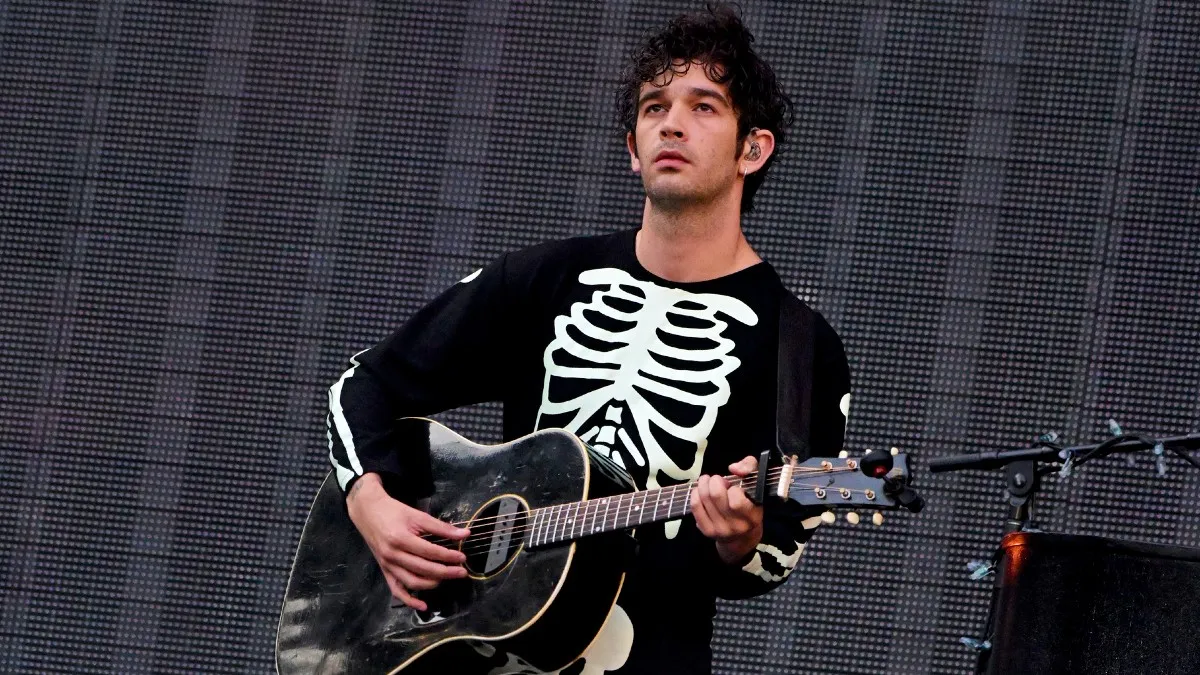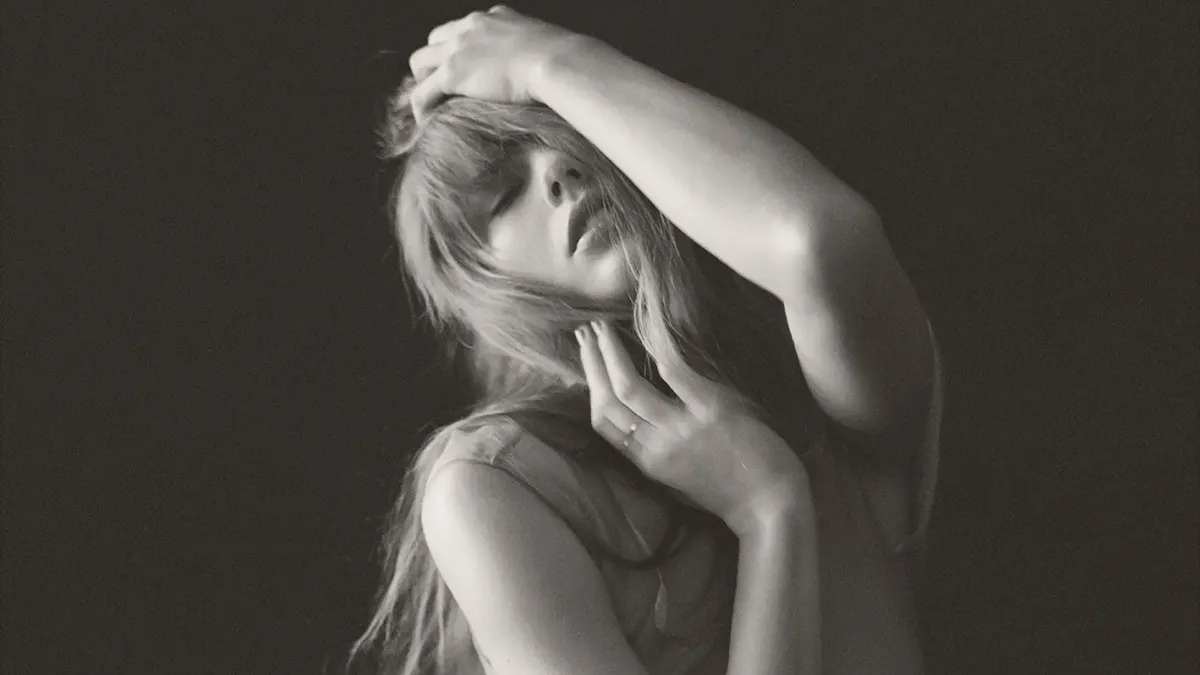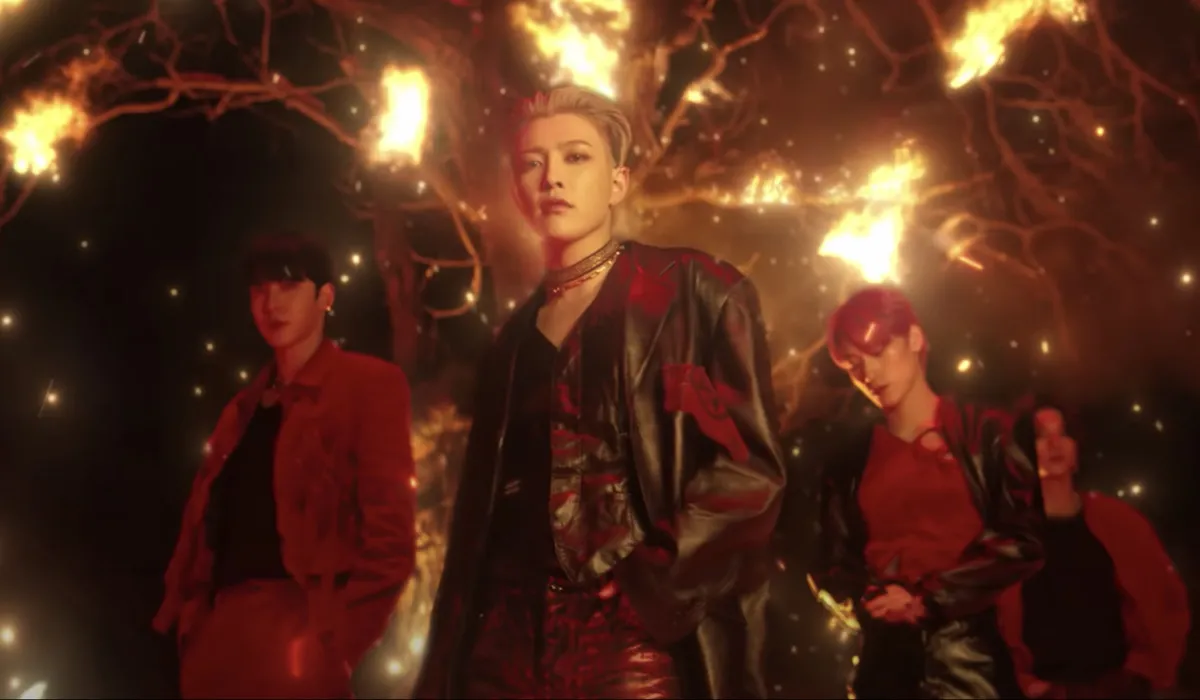NPR has a plethora of interesting and well-produced podcasts for the curious listener to discover, but one of its most impressive is Code Switch, a program that touches on stories and issues relating to modern racial identities. It’s a program that beautifully couples humor with earnest storytelling, tied together with excellent writing and hosts.
Recently, Code Switch has begun an exciting collaboration with School Colors, another race-focused podcast hosted by the talented Brooklyn Deep. School Colors’ content is implied in its name: it centers on “how race, class, and power shape American cities and schools,” a topic that grows ever-relevant as the competitive nature of modern education continues to intensify.
Specifically, Code Switch: School Colors will focus on an incident in Queens—supposedly the “most diverse” borough in New York City—where, in 2019, a proposed “diversity plan” for the school district sparked intense outrage amongst parents. It’s a topical issue that spans beyond the school itself, and hosts Mark Winston Griffith and Max Freedman have been painting a picture that, while not exactly pretty, is as comprehensive as good journalism can be.
The Outlook: Southside vs. Northside
Code Switch: School Colors is still ongoing, having aired its third episode at the time of this article’s publication. The structure seems to be taking us through a history of Queens’ segregated nature. And if you’re reading this thinking, Queens? Segregated? That seems a little exaggerated, then I encourage you to read up on the history of your own city. The truth is, every U.S. city—major or minor—has a history of segregation that extends to pretty much every demographic imaginable. I know, personally, as a native Californian with roots primarily in Los Angeles, that a diverse reputation only goes so far. Drive two blocks in L.A. and you’ll see what I mean.
In Queens’ case, every neighborhood seems to have a tale of gentrification, white flight, and supposed “battles” between housing projects and “good, honest residents.” The second and third episodes are difficult to listen to, because the racial biases are so clear, yet parents and homeowners are quite insistent that it has “nothing to do with race.” Those same people follow up with “it has everything to do with poor people instead,” so … yeah, there’s a lot there.
Thus far, the main conflicts are literally Black and white. Episode two focuses on the Queens neighborhood of Jamaica, with a particularly sobering narrative provided by a woman named Gladys, who moved to Jamaica from the South. She recounts how the prior slums were like “warrens unfit for animals,” and the transition from those homes to South Jamaica Houses: one of the city’s first integrated housing projects, and a standard at the time of what safe, modern housing projects could be. Juxtaposed with this was the development of the Rochdale projects, the planned result of tearing down the Jamaica Racetrack. This attracted the attention of Jewish leftists, who tried to establish housing co-ops, mostly out of goodwill, but without any real knowledge of what they were doing. As a result, animosity bred quite quickly on both sides, and “the politics of the co-op got ugly and frustrating.” Trust was dismantled between the residents of Jamaica and these community organizers.
As an aside, I found that particular note both amusing and saddening, because it seems to be a common problem amongst left-leaning organizers: efforts of goodwill poorly executed by a lack of sufficient education, understanding, or inclusivity. I read a post a while ago that said, “Leftists hate nobody more than other leftists,” and, well, it’s a little depressing to hear that this is apparently a tale as old as time.
The third episode, a retelling of the “battle” of Forest Hills, was an even nastier affair. Forest Hills is pretty much the opposite of Jamaica; it’s predominantly white and upper-class, with 2/3 of its residents being affluent Ashkenazim. When community planners began implementing housing projects on the outskirts of the neighborhood, people got upset, staging protests and making it very, very clear that they were not okay with these new neighbors. They were afraid that their peaceful existence would be uprooted by poor folks, with some of the more vocal dissenters claiming that a peaceful community can only exist if it is homogenous. The real rub is that this was a community that apparently prided itself on ideals of liberalism and democratic values.
Again, tale as old as time: predominantly white community claims to be liberal until faced with any sort of disruption. But what does any of this have to do with the school’s diversity plan?
Well, everything. The first episode sets the stage incredibly well for what I’m assuming will be the trajectory of the rest of the series: how fear is what guides and provokes us when it comes to our communities and, therefore, our children. Right out the gate, it opens with a room of shouting parents, whose wrath is the sort you don’t expect to hear quite so openly. Everyone is just so pissed about this plan, for one reason or another, and “diversity” is ultimately treated like a dirty word.
Now, what I found interesting was the explanation offered by Sadye, a diversity planner brought on the show: that this is a fear response triggered by the amygdala, the part of our brain that processes emotional responses. It’s a recurring word throughout the show thus far: amygdala. During this meeting, Sadye says that everyone’s amygdalas were firing off, for fear that outside influences could potentially hurt their children.
And that might sound absolutely absurd, but it does make sense, whether or not it’s an excuse. This is how people respond to perceived threats, threats that are ingrained within us due to years of living in a racist society. We’re ultimately still working with caveman brains that react to threats like cavemen would, even though diversification isn’t at all the same thing as, you know, a saber-tooth tiger.
In the case of Queens, although it’s considered to be this bastion of diversity, it has always been separated by the South and North: the “Black side” and “white side.” All attempts to ignore this have steadily built up these biases, which builds up fear and prejudice, which ultimately results in the kettle boiling over when finally confronted—i.e. the school meeting.
And the brilliance of this podcast is in how expertly this story is told.
True Colors
A good podcast tells a story as it needs to be told, without skipping over any details, yet still managing to be concise, gripping, and understandable. Code Switch: School Colors does this in spades, and it’s not even done yet. From the very first moment you hear the shouting, you are hooked, and they keep up this momentum even when the historical details become tedious and frustrating.
The preliminary blog post about this program ends on a note that I find absolutely perfect: “Because every year, more of the U.S. looks more like Queens. So what happens here feels like a preview of what’s to come for the rest of the country.”
We live in a big country that is constantly, constantly at odds with itself. Any attempt to bridge these odds tends to be met with resistance, because, again, the kettle. Therefore, a program like this is not only necessary, but it’s been a long time coming. We need to stop pretending like this is a post-racial society, and see how we can learn from local history, to be able to meet the challenges ahead of us.
After all, it’s not like this incident in Queens is unique. San Francisco’s famous Lowell High School is undergoing a similar dilemma, and that’s a whole story in and of itself. But to center back on the podcast itself, if it isn’t clear by now, it’s an absolute knockout and, considering current events, I think it’s something that everyone should listen to at some point.
I’m excited to listen to it to its conclusion and see where it takes us. And I hope that those kids in Queens will grow up to reap the benefits, and only the benefits, that are trying to be provided to them, no matter where they come from.
(featured image: NPR)









